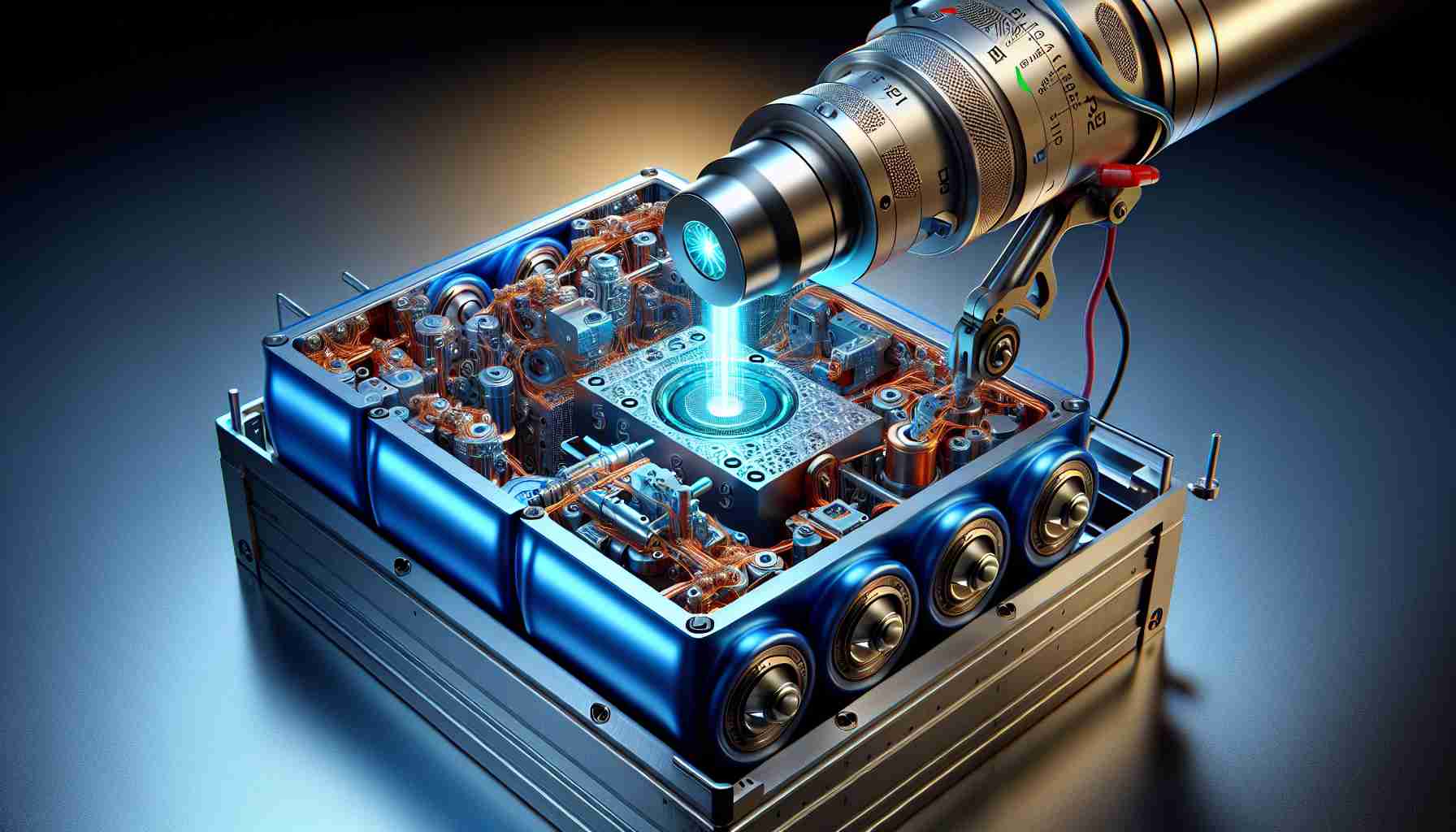Battery technology continues to shape the future of innovation, powering advancements in various sectors such as AI, healthcare, and electric vehicles (EVs). At the forefront of this technological revolution, researchers are tirelessly working to develop batteries with greater power efficiency and longer-range capabilities. A recent breakthrough by the team at Pohang University of Science and Technology (POSTECH) has brought us one step closer to achieving this goal.
Led by Professor Soojin Park, PhD candidate Minjun Je, and Dr. Hye Bin Son from the Department of Chemistry, the team at POSTECH has successfully developed a next-generation Li-ion battery system using micro silicon particles and gel polymer electrolytes. Their groundbreaking research, published in Advanced Science, demonstrates the practicality and stability of employing silicon as the anode material in batteries.
Traditionally, the use of silicon in batteries presented challenges due to its extensive expansion during charging and contraction during discharge, hindering battery efficiency. While nano-sized silicon particles partially addressed this issue, the production process remained complex and costly. In contrast, micro-sized silicon particles proved to be cost-effective and practical in terms of energy density. However, the expansion problem became more pronounced during battery operation, limiting its applications as an anode material.
To tackle this challenge, the research team applied gel polymer electrolytes, which exist in a solid or gel state, providing better stability than conventional liquid electrolytes. By utilizing electron beam technology, the team formed covalent linkages between micro-silicon particles and gel electrolytes. These linkages effectively dispersed internal stress caused by volume expansion, ensuring structural stability and maintaining battery performance.
The results were astonishing. The battery exhibited stable performance even with micro silicon particles that were a hundred times larger than those traditionally used. Additionally, the silicon-gel electrolyte system demonstrated comparable ion conductivity to batteries using liquid electrolytes, with a remarkable 40% increase in energy density. Moreover, the manufacturing process for this system is straightforward, allowing for immediate implementation.
This breakthrough has significant implications for the future of battery technology. It brings us closer to realizing a high-energy-density lithium-ion battery system, a crucial component in driving the widespread adoption of electric vehicles and other energy-intensive applications. The research conducted by the team at POSTECH is a testament to their dedication and innovation in advancing battery technology, contributing to a sustainable and efficient future.
Main Topics:
1. Introduction to battery technology and its impact on various sectors.
2. Breakthrough in battery technology by the team at POSTECH.
3. Use of micro silicon particles and gel polymer electrolytes in next-generation Li-ion batteries.
4. Challenges with using silicon in batteries and how they were addressed.
5. Electron beam technology and covalent linkages for structural stability.
6. Impressive results of the battery with micro silicon particles and gel electrolyte system.
7. Implications of the breakthrough in battery technology for the future.
Key Terms/Jargon:
1. Li-ion battery: Lithium-ion battery, a type of rechargeable battery commonly used in portable electronics and electric vehicles.
2. Silicon: A chemical element used in the anode material of batteries for its high energy storage capacity.
3. Gel polymer electrolytes: Solid or gel-state electrolytes that provide stability and improve battery performance compared to liquid electrolytes.
4. Energy density: The amount of energy stored in a battery per unit volume.
5. Covalent linkages: Chemical bonds formed by the sharing of electrons between atoms.
6. Volume expansion: Increase in volume of a material, a challenge when using silicon in batteries.
7. Ion conductivity: Ability of ions to move through an electrolyte, critical for battery performance.
Related Links:
1. Pohang University of Science and Technology (POSTECH)
2. Advanced Science (journal where the research was published)
By developing a Li-ion battery system using micro silicon particles and gel polymer electrolytes, the team at POSTECH has made a significant breakthrough in battery technology. This technology addresses the challenges associated with using silicon in batteries, such as expansion during charging and contraction during discharge. The use of gel polymer electrolytes and covalent linkages with micro-silicon particles ensures structural stability and maintains battery performance. This new battery system demonstrates stable performance, even with larger silicon particles, and shows a remarkable increase in energy density. The straightforward manufacturing process makes it suitable for immediate implementation. This advancement is crucial for achieving high-energy-density lithium-ion batteries, which are essential for electric vehicles and other energy-intensive applications. The research conducted by the team at POSTECH contributes to the sustainable and efficient future of battery technology.
https://youtube.com/watch?v=WcE1x2-fdJM
The source of the article is from the blog scimag.news
